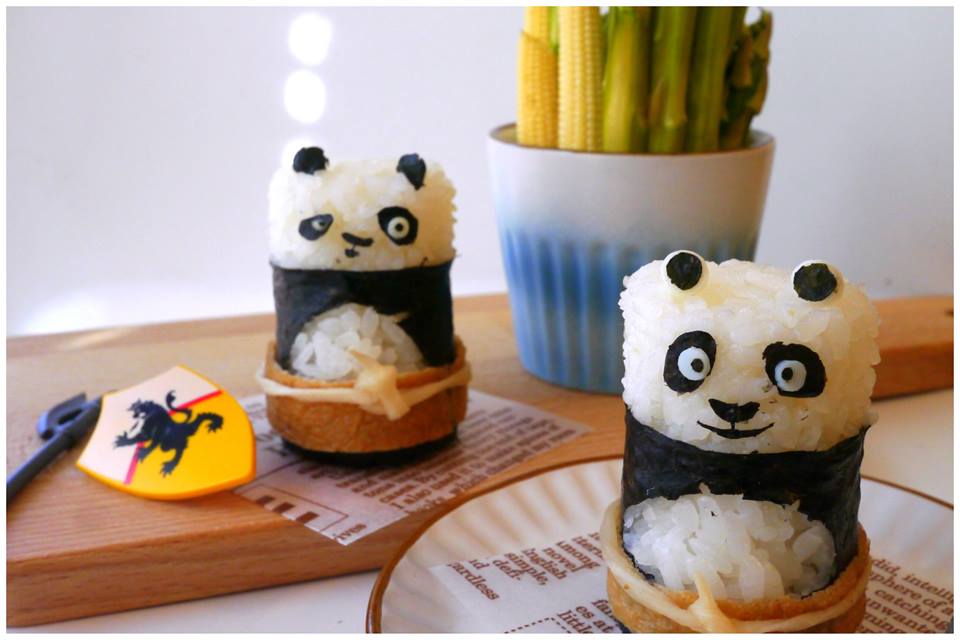
Food researcher and marketing expert Kim Young-wook is helping educate South Korean palates with the country’s first insect restaurant, Papillon’s Kitchen in Seoul, with a menu including cookies, sandwiches and pasta.
“The biggest challenge has been the ‘disgusting factor’ that is deeply lodged in people’s psyche,” says Kim, head of the Korean Edible Insect Laboratory. “They don’t even try it if any food looks unpalatable at first glance.
“But once you make it look good and explain the nutritional value of insects, people would think differently – one reason we have focused our attention on developing food-processing technology.
 His one-table restaurant is named after the 1973 US moviePapillon, in which an inmate in solitary confinement in a remote French prison eats cockroaches and centipedes to survive. The establishment is like a laboratory where Kim and his employees – mostly his pupils – devise ways to broaden the appeal of insects as food.
His one-table restaurant is named after the 1973 US moviePapillon, in which an inmate in solitary confinement in a remote French prison eats cockroaches and centipedes to survive. The establishment is like a laboratory where Kim and his employees – mostly his pupils – devise ways to broaden the appeal of insects as food.
Rather than focus on their ingredients, such as mealworms, silkworms and crickets, Kim has been promoting his food products as “low-carbon and high-protein”.
The larval form of the darkling beetle, mealworms are powdered and used to make pasta, deep-fried rice balls, soup, macaroons, ice cream and sauces.
Kim has taken his concept beyond Korea, last month participating in Eating Insects Detroit, the first US conference dedicated to edible insects.
Meanwhile, Edible Inc, a food-tech startup in Seoul, has a coffee shop featuring the “mealworm 500 shake”, named for its key ingredient and the number of insects involved. The shop also has cookies and energy bars made from silkworms and grasshoppers.
CEO Ryu Si-doo opened his company with the ambition of giving customers a “fresh and intriguing” experience and help them change their prejudices against food made of insects.
In a report this year, the Korea Rural Economic Institute (KREI) estimated the size of the market for insects at 313.9 billion won (US$264 million) last year, up 90 per cent from 168 billion won in 2011. The government seeks to increase the size to 500 billion won by 2020.

